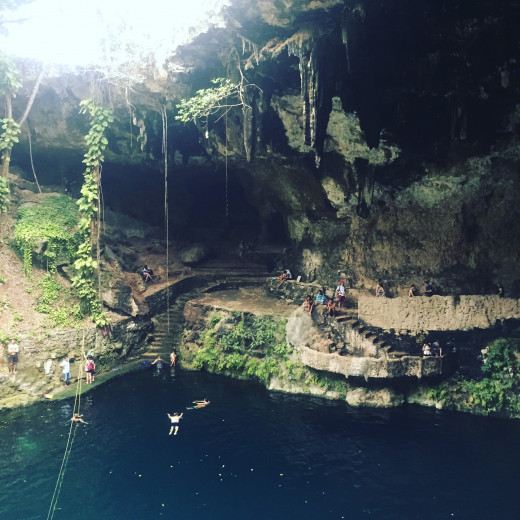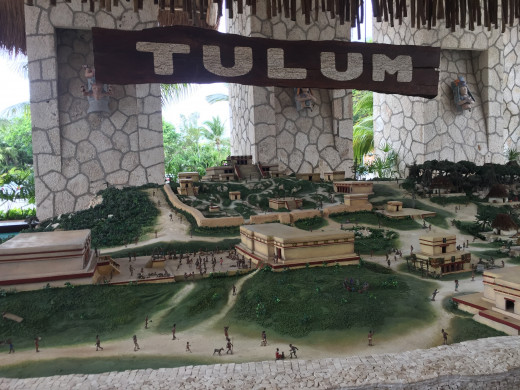- HubPages»
- Education and Science»
- History & Archaeology»
- History of the Americas
Mexico. Riviera Maya, Chichen Itza, Valladolid and Tulum.
Mexico was on my travel destinations list for many years, main reason being the Chichen Itza complex. As soon as plane tickets landed in my inbox, I started planning my new adventure. I chose to stay at a lovely resort in Riviera Maya - it seemed a perfect location as it is in a quiet area, between two busy holiday towns of Cancun and Tulum with excursions available to all directions. I was mostly interested in the middle of the Yucatan peninsula, with it’s natural wonders and rich Mayan history. I flew in via London to Cancun, booked my hotel transfer in advance, to avoid any delay in starting my vacation. The next morning, I booked all my excursions immediately - Chichen Itza, Valladolid, Tulum and lastly - a water park in nature with one of the longest underground rivers in the world.


Chichen Itza
Leaving resort early in the morning and arriving to destination at mid-day. Armed with water, sun-protection, ready to explore local heritage. Mouth of the well of the Itzaes - it’s how Maya describe this place. It’s referring to a sacred water well in the area, which was an entrance to underworld, as per Mayan ancestors. As soon as I enter the area and see the temple of Kukulkan - it takes my breath away - it is truly an architectural and astronomical delight. It is known nowadays as one of the 7 Wonders of the Modern World. The Kukulkan temple, or El Castillo, is a step pyramid, at the very centre of the Chichen Itza complex. The temple got it’s name from an ancient Mayan feathered snake God - Kukulkan and was built around 800-900 AD.
What is especially fascinating about the building, is that during Spring and Autumn equinox, corners of the temple cast a shadow, which looks like a snake, representing a serpent deity. The pyramid also contains references to the world-famous Mayan calendar. Other buildings in the complex are - Casa Colorada, a royal residence; La Iglesia - the church, one of the oldest buildings; Temple of Skulls, literally carved with skulls - sacrifice victims, who lost a Mayan ball game and lost their lives; Ball court, with rings carved on its walls; El Caracol - observatory for astronomical events and the Temple of Warriors - a step pyramid with carved columns nearby which depict warriors. By taking a short walk in the area, you will see a sinkhole - sacred Maya water well - cenote.





In the middle of the Yucatan Peninsula
Next stop - going deeper into a jungle. Hidden in the middle of Yucatan, rests a cozy and authentic Mayan town - Valladolid. Buildings are truly charming with bright colours and decorations; delicious local food and the cathedral of San Servisio is simply stunning. There are quite a lot of Mayan ruins, beautiful towns and cenotes in the peninsula. Majority of the tourists visit Chichen Itza only, but there is so much more to discover. I cannot wait to return and explore the region further - meet locals, attend mayan ceremonies and enjoy swimming in natural swimming pools - cenotes.



Tulum
From an exotic jungle, back to coastal area. Tulum, translated from Mayan language, means “fortified wall”. Due to it’s strategic location, it used to be a very important religious and commerce centre. The city is surrounded with walls and has plenty of historic temples to explore. Today it is a buzzing tourist destination, well known for beautiful beaches and turquoise sea.
My Mexican adventure ended at a natural water park Xel-Ha. I highly recommend it for travellers with children; it will be a sweet treat for all family after a trek in a jungle. You can enjoy zip-lines, rope swings with panoramic views, jump off cliffs, swim with dolphins, encounter a stingray, go on an underwater trek or diving, snorkelling, get some adrenaline on a speed boat. To sum up, a wonderful holiday and plenty of activities for all family members or group of friends.




























